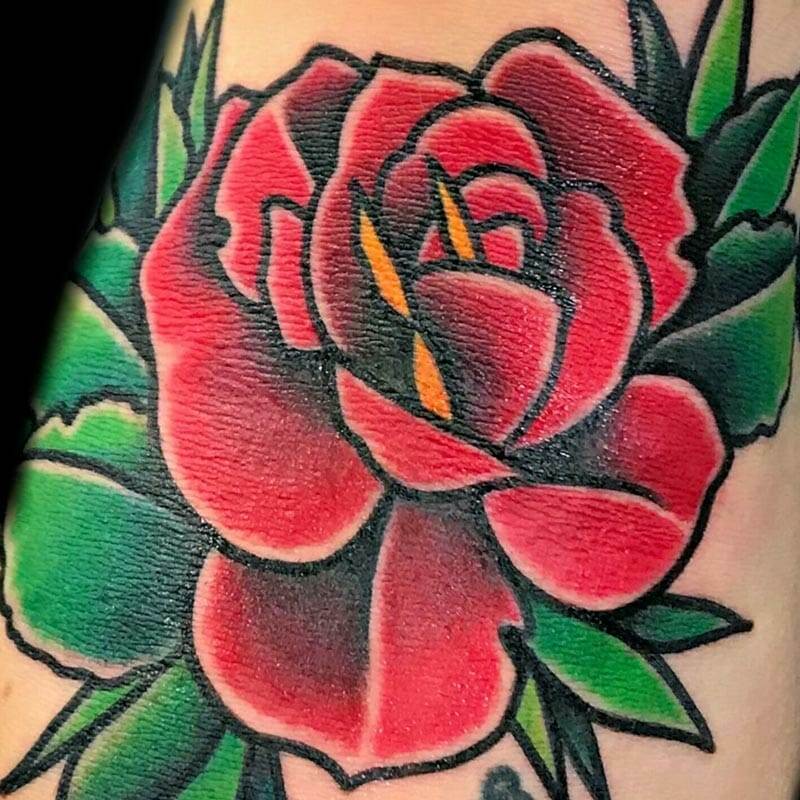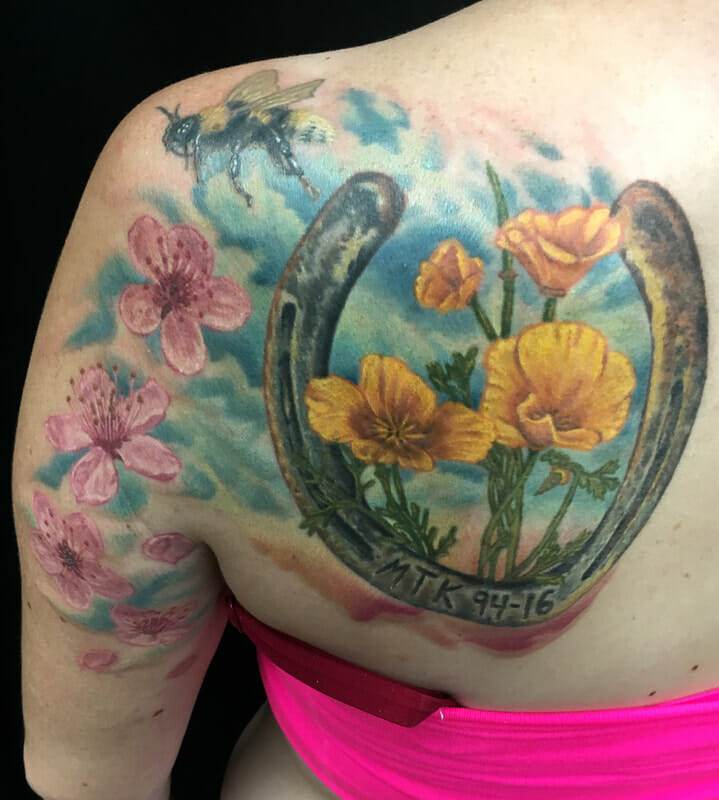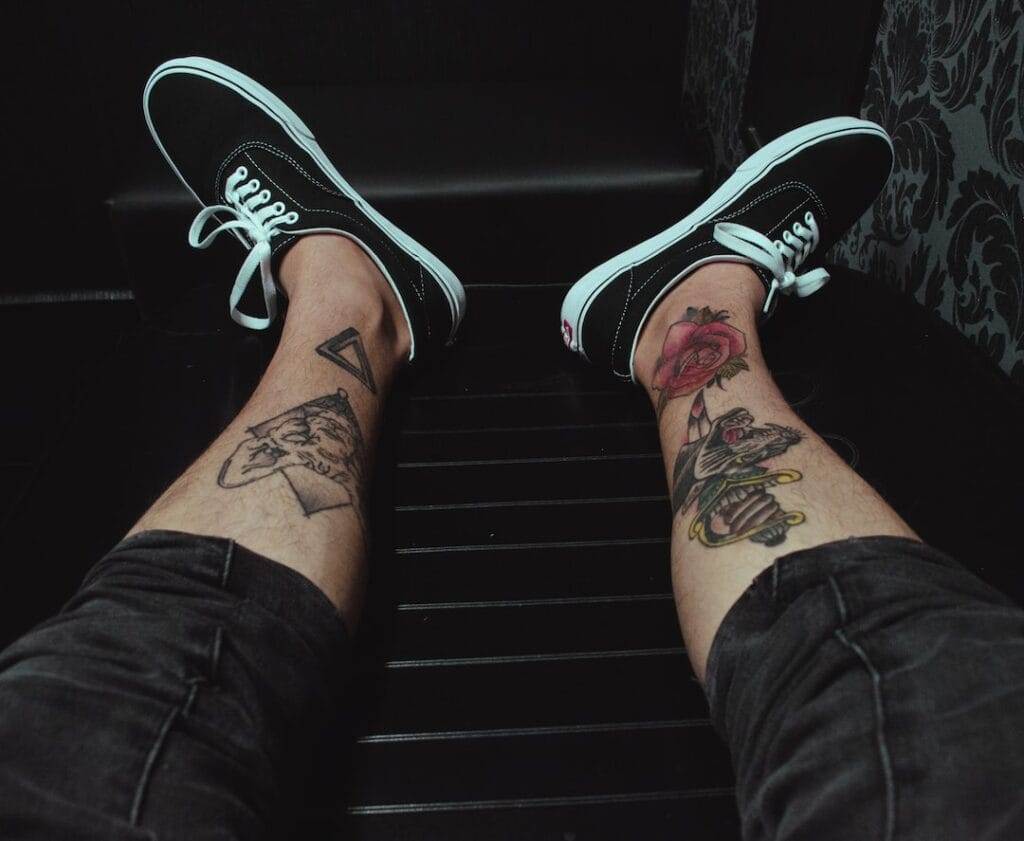Tattoos have been a part of human culture for centuries, evolving from ancient traditions to modern forms of self-expression. Today, tattoos are an art form that allow individuals to showcase their creativity and unique personality. With various tattoo styles to choose from, each with its own distinct characteristics, people have a wide range of options when it comes to deciding on a design.
Different Tattoo Styles: An Overview
Tattooing has evolved over time, giving rise to different styles that cater to diverse preferences. Here are some of the most popular tattoo styles:
- Traditional: Also known as American or Old School tattoos, this style is characterized by bold, vibrant colors and distinct lines. Traditional tattoos often feature traditional symbols such as anchors, roses, and swallows.
- Realism: Realistic tattoos aim to replicate the appearance of real-life subjects, such as portraits or nature scenes. This style requires exceptional skill to capture intricate details and shading, resulting in lifelike images.
- Watercolor: Watercolor tattoos mimic the appearance of watercolor paintings, using vibrant colors and abstract designs. This style is perfect for those looking for a more whimsical and unconventional tattoo.
- Minimalist: Minimalistic tattoos are characterized by simplicity and often consist of small, delicate designs. These tattoos are perfect for individuals who prefer a more subtle and understated look.
Tattooing as a Form of Artistic Expression
Tattoos have become a popular form of artistic expression, allowing individuals to showcase their creativity and personal stories. Through tattoos, people can communicate their passions, beliefs, and experiences permanently etched onto their skin.
Artists who specialize in tattooing combine technical skills with creativity to bring their clients’ visions to life. The tattooing process involves using needles and ink to create designs on the skin, requiring precision and attention to detail. The result is a unique piece of art that is deeply personal and meaningful to the individual.
In addition to personal expression, tattooing has also gained recognition as a legitimate form of art. Tattoo artists often participate in tattoo conventions and galleries, displaying their work alongside other traditional mediums such as paintings and sculptures. This recognition has elevated the status of tattooing to a respected art form, with talented artists pushing the boundaries of creativity and innovation.
In conclusion, tattoos are a form of artistic expression that allows individuals to showcase their creativity and personal stories. With various tattoo styles to choose from, individuals can find a design that best represents their personality and preferences. Tattooing has evolved into a legitimate art form, recognized for its technical skill and creative innovation. Whether it be a traditional bold design or a delicate watercolor piece, tattoos are a way for people to express themselves and create a lasting piece of art on their body.
Traditional Tattoos
History and OriginsTraditional tattoos, also known as American or Old School tattoos, have a rich history dating back to the early days of tattooing. This style emerged in the late 19th century and gained popularity among sailors, soldiers, and the working class. Traditional tattoos were commonly used to signify important events, such as military service or membership in certain groups or organizations.

Characteristics and Design Elements Traditional tattoos are known for their bold and vibrant colors, strong black outlines, and distinct design elements. The imagery often includes classic symbols like anchors, roses, swallows, eagles, and hearts. These traditional designs have a timeless appeal and continue to be popular among tattoo enthusiasts.
The designs typically focus on creating a clear and easily recognizable image, with limited shading and intricate details. Traditional tattoos are characterized by their simplicity and legibility from a distance. The vibrant colors and defined lines ensure that these tattoos stand out and make a bold statement.
Today, traditional tattoos remain a popular choice among tattoo enthusiasts who appreciate the timeless and iconic appeal of this style. Whether it’s a classic anchor, a patriotic eagle, or a beautiful rose, traditional tattoos continue to be a symbol of tradition and pride in the world of tattooing.
Realism Tattoos
Achieving PhotorealismRealism tattoos are a style of tattooing that aims to create lifelike and detailed images that closely resemble photographs. This style requires a high level of skill and precision from the tattoo artist. To achieve photorealism, artists use various techniques such as shading, highlighting, and blending colors to create depth and three-dimensional effects. They also pay close attention to fine details like texture and fine lines, making the tattoo look as realistic as possible. With advancements in tattooing technology and equipment, artists are now able to create incredibly detailed and realistic tattoos.
Popular Realism Tattoo SubjectsRealism tattoos can depict a wide range of subjects, including portraits, animals, landscapes, and even everyday objects. Some popular subjects for realism tattoos include:
- Portraits: Many people choose to get realistic portraits of their loved ones or famous figures. These tattoos require immense attention to detail to capture the facial features and expressions accurately.
- Animals: Realism tattoos of animals, such as lions, tigers, wolves, and eagles, are popular due to their intricate details and lifelike representation.
- Nature: Realism tattoos of landscapes, flowers, and trees are admired for their intricate details and ability to capture the beauty of nature.
- Still Life: Realism tattoos depicting everyday objects like watches, books, or musical instruments showcase the artist’s ability to replicate the textures and materials realistically.
Realism tattoos continue to gain popularity among tattoo enthusiasts who appreciate the level of skill and artistry involved in creating these highly detailed and lifelike tattoos.
Watercolor Tattoos

Watercolor Tattoo TechniquesWatercolor tattoos are a unique style of tattooing that aims to mimic the fluid and vibrant qualities of watercolor paintings. Unlike traditional tattoos that use bold outlines and solid colors, watercolor tattoos rely on soft edges, subtle shading, and transparent colors to create a painterly effect. Artists use a range of techniques to achieve this style, including:- **Blending**: Watercolor tattoos often utilize blending techniques to create a seamless transition between colors. This is achieved by layering and feathering the pigments, allowing them to flow and merge together naturally.- **Gradient**: Artists use gradient techniques to create smooth and subtle color transitions. By blending different shades of the same color or combining complementary colors, they can achieve a sense of depth and dimension in the tattoo.- **Splattering and spattering**: Watercolor tattoos can incorporate these techniques to create a sense of movement and texture. By flicking or spraying diluted ink onto the skin, artists can mimic the spontaneous and organic patterns found in watercolor paintings.
Creating Vibrant and Fluid DesignsWatercolor tattoos allow for endless creative possibilities, as they can be used to depict a wide range of subjects. Some popular choices for watercolor tattoos include:- **Flowers and nature**: Watercolor tattoos are often used to create delicate and ethereal floral designs. The fluidity of the watercolor style lends itself well to capturing the softness and delicacy of flowers and leaves.- **Animals**: Watercolor tattoos of animals can bring a sense of whimsy and playfulness. The use of vibrant colors and flowing lines can create a lively and dynamic representation.- **Abstract designs**: Watercolor tattoos also lend themselves well to abstract designs. The fluidity and unpredictability of the watercolor technique can be used to create bold and expressive compositions.
Watercolor tattoos offer a refreshing and unconventional take on traditional tattooing. With their vibrant colors and fluid designs, they are a popular choice for those seeking a more painterly and artistic approach to body art.
neo-traditional tattoos
Combining Traditional and Contemporary Elements
Neo-Traditional tattoos are a popular tattoo style that combines the classic elements of traditional tattoos with contemporary techniques and design elements. This style takes inspiration from traditional tattoos, such as bold lines and iconic imagery, but incorporates a more modern and detailed approach. Neo-Traditional tattoos often feature a mix of classic tattoo subjects, such as anchors, roses, and skulls, but are executed in a more intricate and artistic way.
Bold Lines and Colorful Palette
One of the defining features of Neo-Traditional tattoos is the use of bold lines. Artists outline the design with thick and confident lines, giving the tattoo a strong and graphic appearance. The lines are often used to emphasize the shape and structure of the subject. In addition to bold lines, Neo-Traditional tattoos also make use of a vibrant and colorful palette. Artists use a wide range of hues to bring the design to life, creating contrast and depth. The colors are often rich and saturated, allowing the tattoo to stand out on the skin.
Neo-Traditional tattoos offer a unique and modern twist on traditional tattooing. They combine the timeless elements of classic tattoos with contemporary techniques and design elements, resulting in bold and visually striking pieces of body art. The style’s focus on bold lines and vibrant colors make Neo-Traditional tattoos a popular choice for individuals looking for eye-catching and expressive designs.



